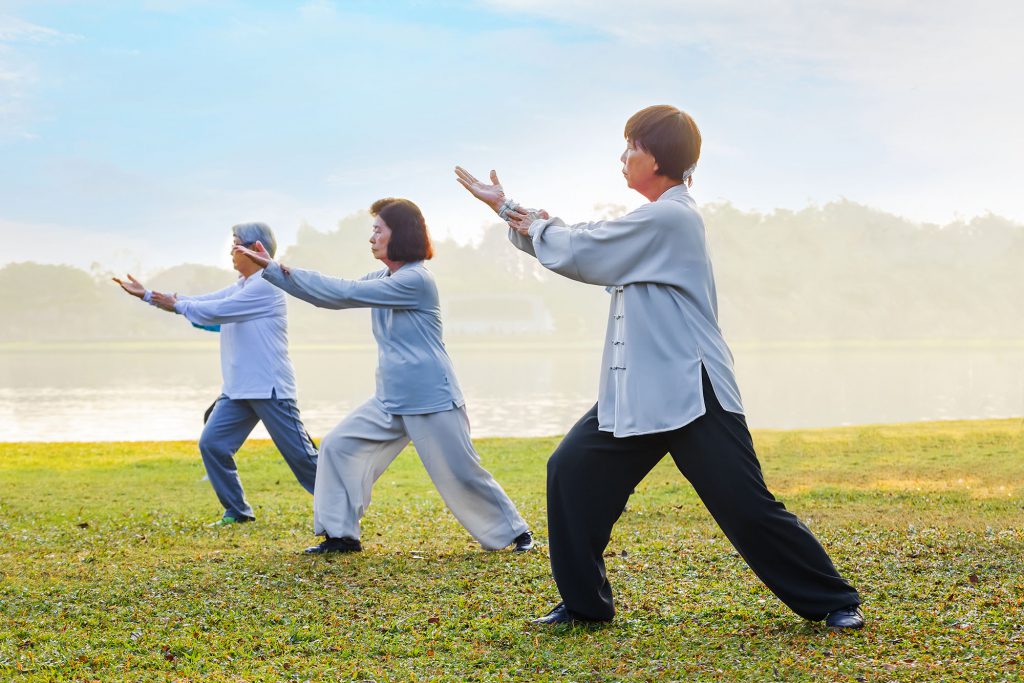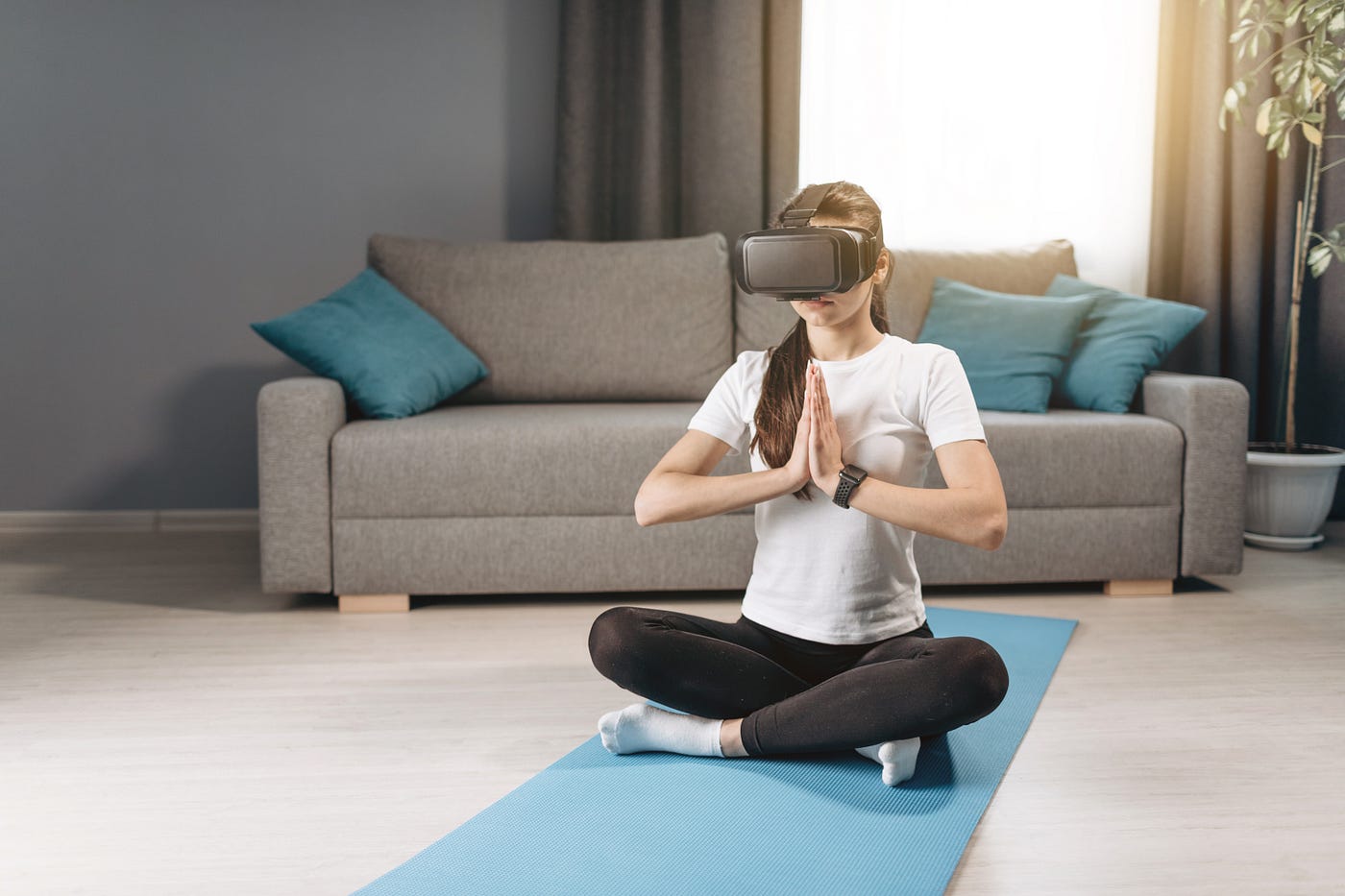In exercise, reaching your peak performance isn’t just about pushing yourself to the limit. It’s also about training in a way that fits your body, your goals, and your lifestyle. Customized training is the key to reaching your full potential, whether you’re an athlete trying to get better, a fitness fanatic trying to set a new personal best, or someone just trying to improve their health.
Why One-Size-Fits-All Workouts Don’t Cut It
A lot of people make the mistake of following workout plans they find online or in books. While these can offer a starting point, they often fail to consider individual differences such as fitness level, body mechanics, previous injuries, and personal goals. This cookie-cutter approach can lead to plateaus, frustration, or even injury.
Tailored training, on the other hand, recognizes that every person is unique. It customizes workouts based on an in-depth understanding of your physical condition, lifestyle demands, and aspirations. By doing so, it ensures that every exercise, intensity level, and progression phase serves a clear purpose aligned with your optimal performance.
The Role of a Personal Trainer in Los Angeles
If you really want to perform at your best, getting a personal trainer in Los Angeles can make all the difference. Personal trainers bring expert knowledge, experience, and accountability to your fitness journey. They assess your strengths and weaknesses, design personalized programs, and adjust your routine as you progress.
In a vibrant and competitive fitness environment like Los Angeles, personal trainers often specialize in diverse training styles — from functional fitness and strength conditioning to sport-specific programs and rehabilitation exercises. This diversity allows them to craft truly individualized training plans that maximize results while minimizing the risk of burnout or injury.
Components of Tailored Training for Peak Performance
- Comprehensive Assessment: The process starts with a thorough evaluation that includes looking at your posture, your mobility, your strength, and talking about your goals and medical background. This baseline helps identify areas for improvement and potential limitations.
- Goal-Oriented Programming: Whether your aim is building endurance, increasing muscle mass, enhancing flexibility, or preparing for a competition, the training plan focuses precisely on these targets. Progression is gradual but consistent, ensuring sustainable growth.
- Balanced Approach: Peak performance is not solely about lifting heavier or running faster. A well-rounded program integrates strength training, cardiovascular conditioning, mobility work, and recovery strategies. This holistic method promotes long-term success.
- Technique and Form Focus: Personalized coaching ensures that you perform exercises correctly. Good form reduces injury risk and improves efficiency, helping you get the most from every session.
- Nutrition and Lifestyle Guidance: Many personal trainers provide insights into nutrition, hydration, sleep, and stress management — all vital components of peak physical condition.
The Benefits of Tailored Training
- Faster Progress: Customized workouts target your specific needs, leading to quicker improvements.
- Reduced Injury Risk: Personalized plans avoid exercises that may aggravate past injuries or imbalances.
- Increased Motivation: Working with a trainer who understands your goals keeps you engaged and accountable.
- Efficient Use of Time: Tailored sessions maximize your efforts, ensuring every workout counts.
- Adaptability: As your fitness evolves, programs are adjusted to keep challenging you without overwhelming you.
Making the Most of Your Training
To truly experience peak performance, consistency and commitment are essential. Working closely with a personal trainer in Los Angeles offers not just expertise but also encouragement to push through tough days and celebrate milestones. Setting realistic yet challenging goals keeps your progress on track and prevents stagnation.
Remember that getting to peak ability is a process, not a goal. You need to be patient, follow through, and be smart about it. Customized training gives you the plan and tools you need to make that trip useful and fun.
Conclusion
Achieving optimal fitness results goes beyond generic routines and occasional workouts. It demands a strategic, personalized approach that addresses your unique body and ambitions. By embracing tailored training and partnering with a qualified personal trainer in Los Angeles, you invest in a fitness journey designed for success. Unlock your full potential, avoid setbacks, and reach new heights in your performance with a training program that’s truly built around you.










